Initial Evolution Of The North Polar Cap Of Mars Revealed By Orbital Radar

The poles of Mars host massive amounts of water ice in the form of polar caps, much like Earth’s Antarctica. In the north, a ~1.5…
Read more

The poles of Mars host massive amounts of water ice in the form of polar caps, much like Earth’s Antarctica. In the north, a ~1.5…
Read more
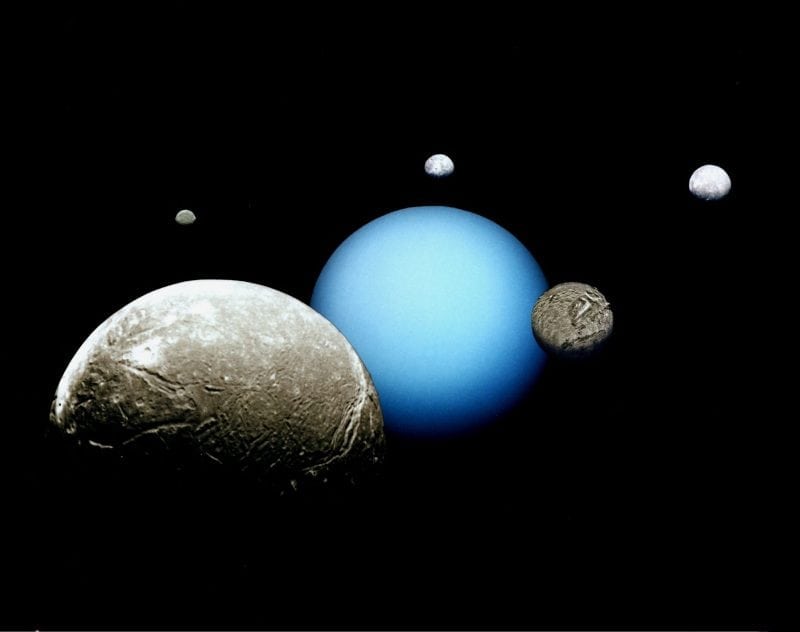
The seventh most distant planet in our Solar System, Uranus, is orbited by the mid-sized regular satellites Miranda, Ariel, Umbriel, Titania, and Oberon (Figure 1)….
Read more

The Jovian moon Ganymede possesses an internally generated, present-day magnetic field. This finding was one of the most unexpected ones during the Galileo mission back in…
Read more
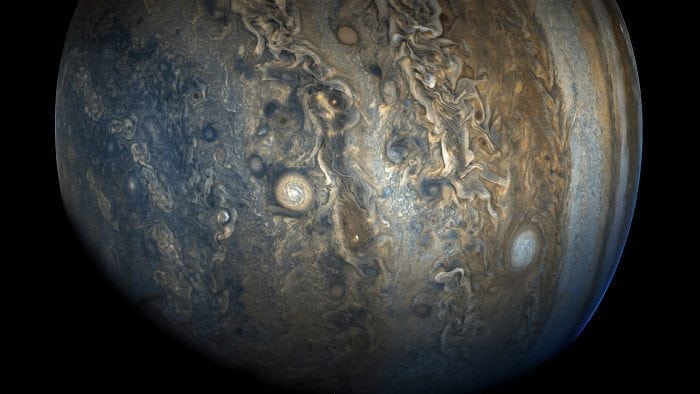
Jupiter is the king of all planets in the Solar System. It is the largest one, mostly composed of gas, and is thought to have…
Read more
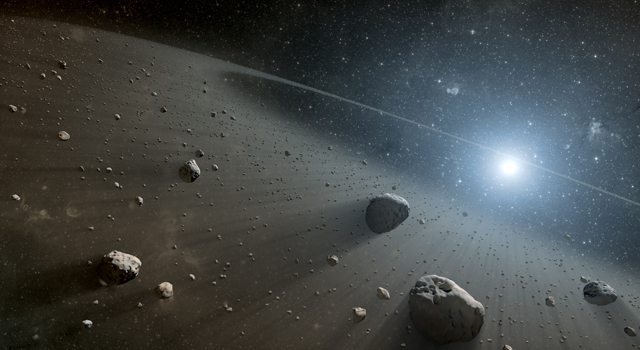
The asteroid main belt lies between the orbits of Mars and Jupiter in a range of semimajor axis 2.0-4.0 AU. It consists of more than…
Read more
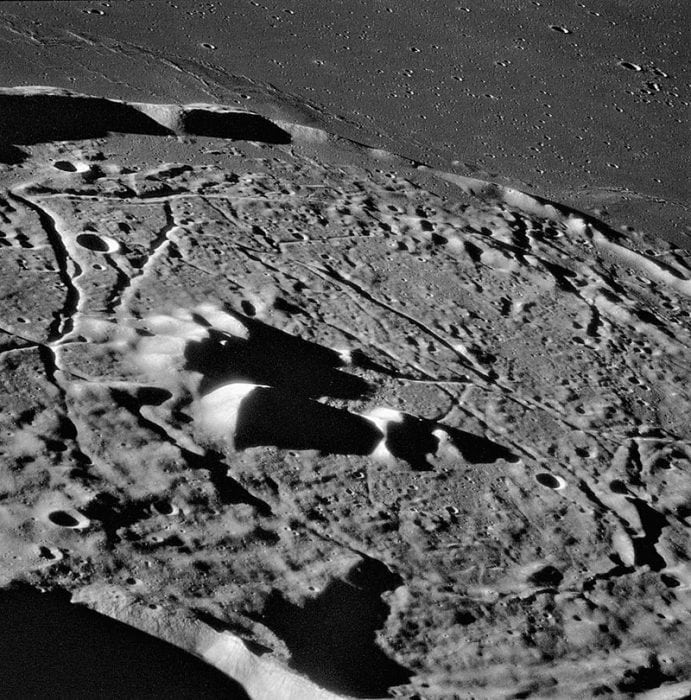
Molten rock (magma) is generated in planetary interiors and rises toward the surface, sometimes cooling and freezing before it gets to the surface (forming intrusions),…
Read more
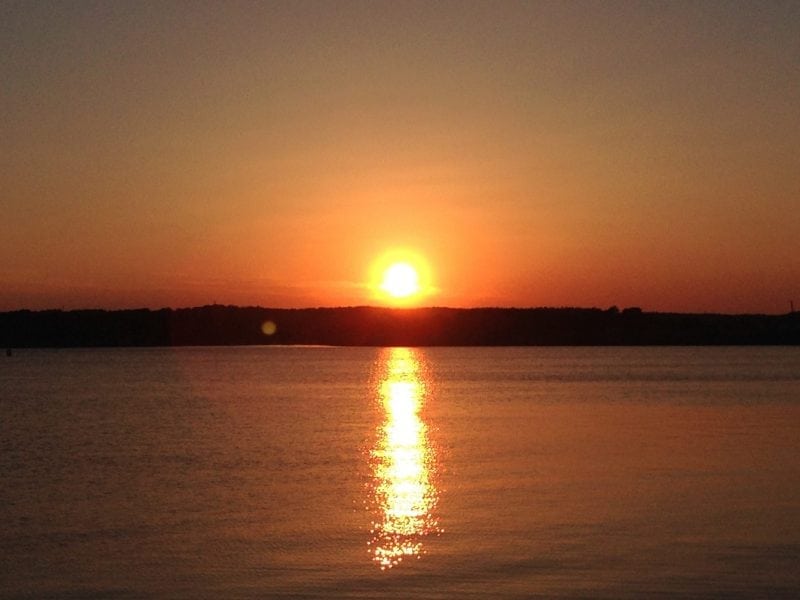
In the early stages of thermodynamics, researchers focused on the study of heat and work transfer. Thermal radiation, which is to be considered in various…
Read more

Discovered by Galileo Galilei over 400 years ago and imaged by the Voyager 2 in 1979, Jupiter’s icy moon Europa has long been a source…
Read more

Looking up at the Moon, you might notice it’s crisscrossed by bright streaks that originate from some of the younger craters that cover the surface….
Read more

Investigating the birth of the Solar System is a bit like investigating the crime scene of a “cold case,” where the passage of time, here…
Read more

The 23.4° tilt of the Earth’s rotation axis with respect to the ecliptic plane is the reason for our pronounced seasons on Earth. The ecliptic…
Read more